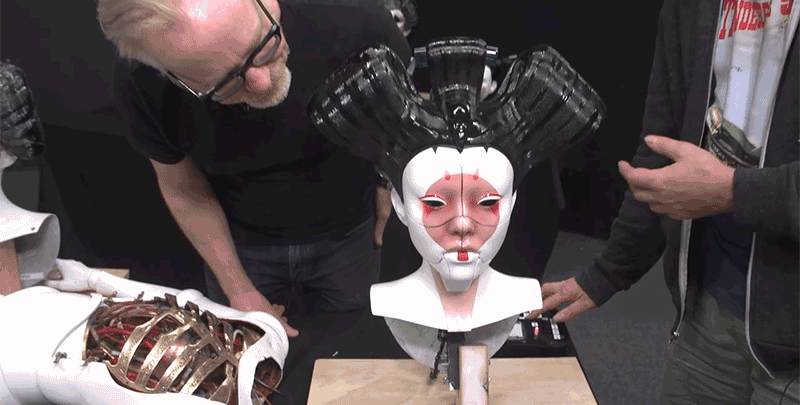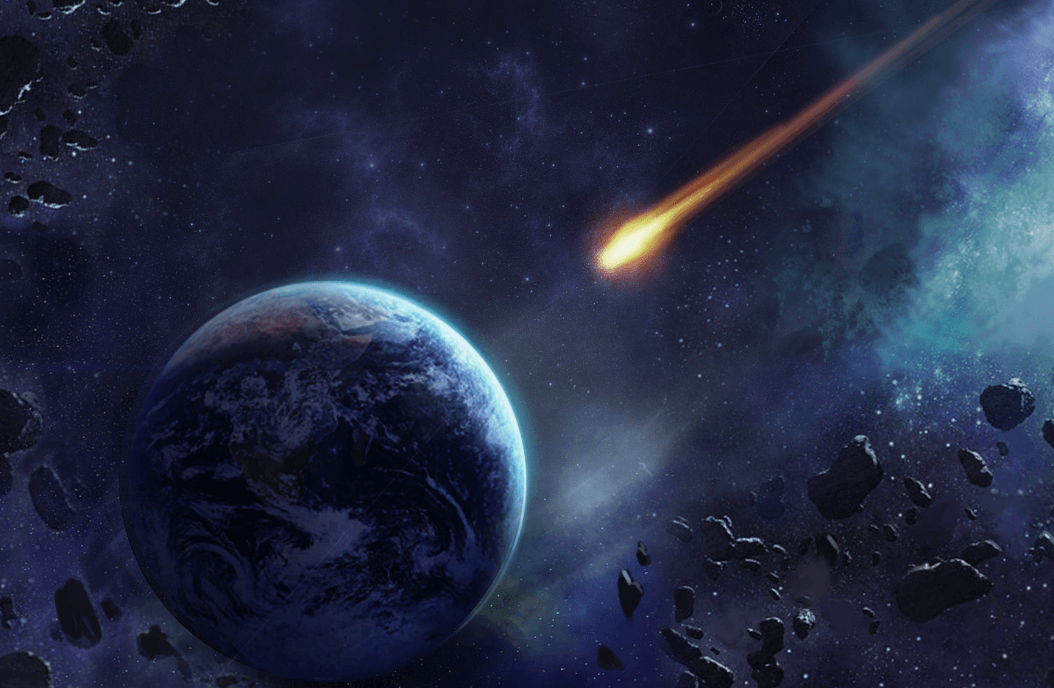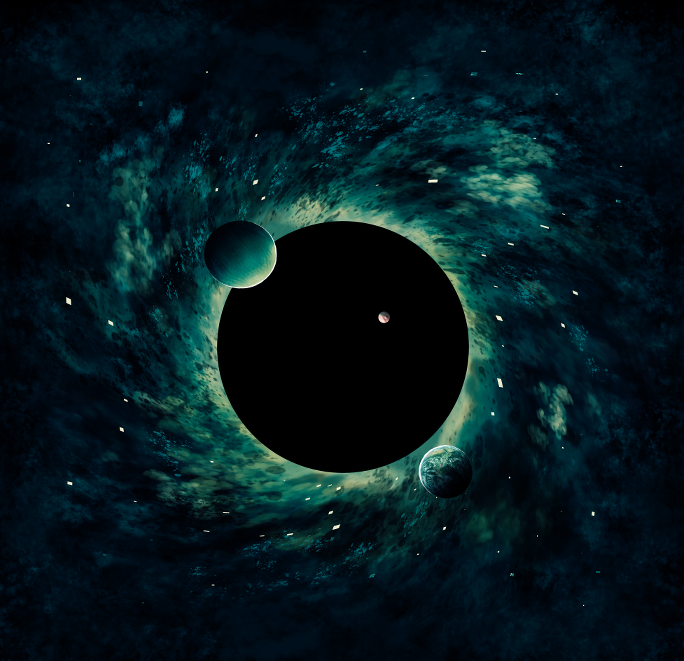Anime fans everywhere are going crazy for the new fantasy, cyberpunk movie, Ghost in the Shell. What makes this production so intriguing is the way it draws in the philosophical questioning of what makes us human and displaying the struggles we endure daily through the bodies of characters. It features a futuristic world that is halfway to post-human status with the majority of citizens having some form of cyber enhancement to their bodies.
Bringing to life these characters to star in a blockbuster movie was no easy feat. But, with the help of Peter Jackson’s Weta Workshop for backup, everything worked out quite well indeed. Weta Workshop is New Zealand’s top prop, and special effects company and their involvement stretched far beyond the realms of simple hair and makeup; extensive prosthetics were needed too. Jane O’Kane, the movie’s hair, and makeup designer said, “We wanted everything to feel real. We tried to stay on point and honor the aesthetic of the original.”
More than 20 specialized looks were designed by O’Kane and her prosthetics supervisor, Sarah Rubano while trying to achieve real looking, yet still holding on to that visually compelling character design. To make all of this possible the team carried out extensive research on cutting edge prosthetics currently being developed, future design websites, and the body-modding community. Once the design was in place, a complicated build process was to follow. “The design was done early on, but then once we had cast our actors, which was often significantly later, the design was altered to suit the cast visually, aesthetically and also practically to see what they were able to endure prosthetic-wise,” said Rubano.
Throughout the whole 3D printing process, Rubano and O’Kane worked very closely with Richard Taylor, Weta’s creative director. Taylor explained that to sculpt and build is a slow process and to try and overcome that he and his team worked as quickly as possible to “get to a point where we could sculpt onto the actor’s face/body castings and test completed prosthetics on stand-ins at the Workshop.” During the process, adjustments are made for practical reasons as well as aesthetics and what may have looked good in theory, just didn’t work in reality. ‘Kane commented, “That was probably one of our biggest challenges, actually making sure that the result used to work for the actual person it was going on.” Unfortunately, what this meant was that for any actor who had to fight in their prosthetic augmentation they would spend many hours going through the refitting phase.
There’s no special way to prepare a prosthetic for this sort of work, you just need to make sure everything you create is versatile enough for the actor to cope with,” said O’Kane. The reality with prosthetics is that it’s an additive process: You can build up easily, but you can’t take away. That means that if a design calls for the removal or diminishment of a part of the actor’s body, CG becomes critical,” confirmed Taylor.
One of the best examples of this kind of work and the combination of techniques used can be seen in the character Kuze (Michael Carmen Pitt). A great deal of our concept design for Kuze was based on the Japanese practice of Kintsugi – the repair of old, broken pottery. As a philosophy, Kintsugi treats breakage and repair as an intrinsic part of the object; rather than something to disguise, it’s something that adds clarity and character,” said Taylor. But Kuze is simply one very small aspect of the movie that demonstrates how these special effects allow characters to come to life. To really appreciate it in its full glory, why not check it out now and see what you think.
Related Links;
- 3D printing brings Ghost in the Shell geishas to life / 3D Printing Industry
- 3D Printing Created the Most Iconic ‘Ghost in the Shell’ Characters / Inverse
More News to Read
- An Iconic Bluetooth Speaker From NIMA
- Modern and Retro Intertwine with Penna – the Retro Bluetooth Keyboard
- Artificial Synapse Developed Directly On-Chip That Learns Autonomously
- Astronomers Discover Massive Galaxy Found Dead, But What Killed it?
- Is the Future of Helicopters in Bell’s New Concept Aircraft?











